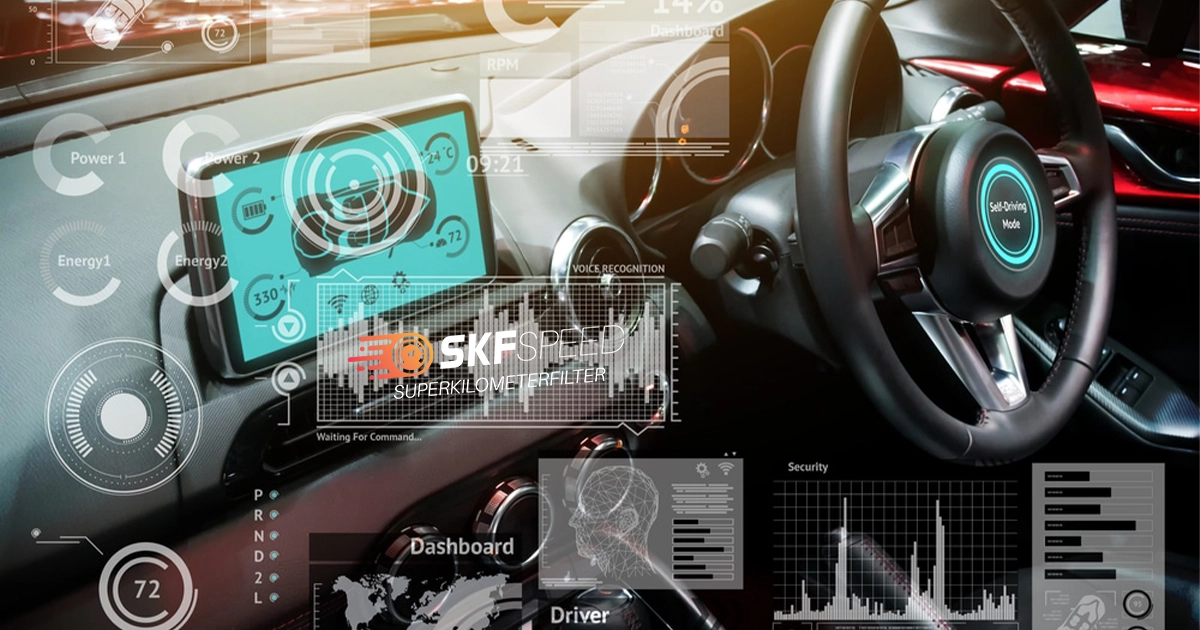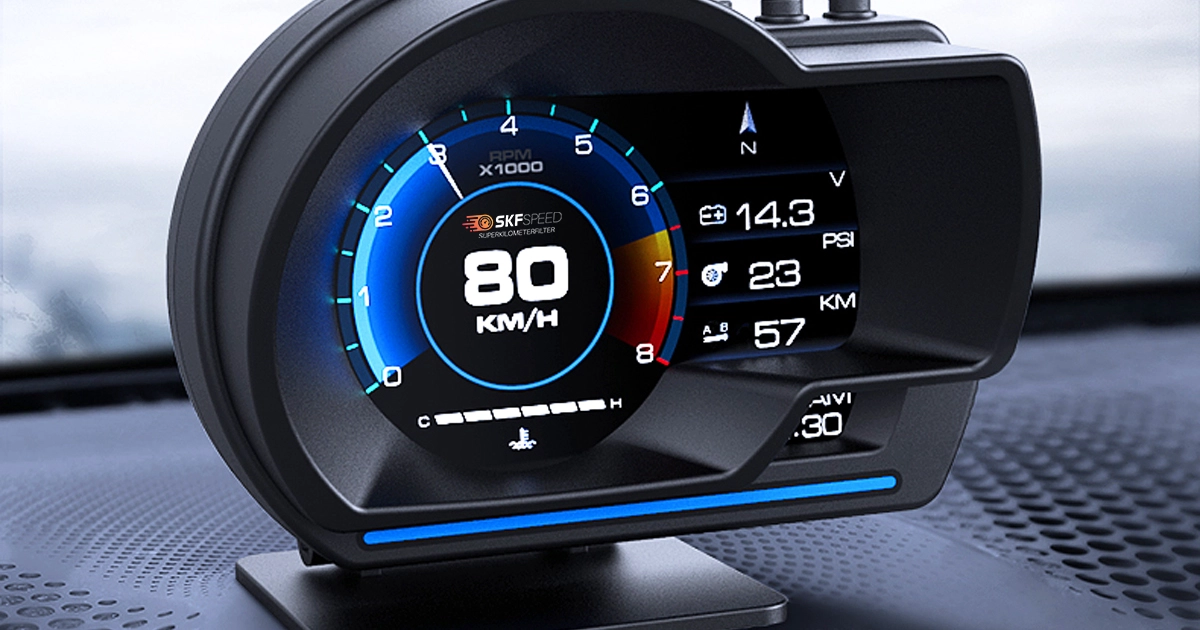
Mileage cost calculation is one of the most interesting aspects for every driver, whether they want to know the true cost of ownership of their automobile, track the fuel expenses on each road trip or calculate the tax deduction for their business miles. Do you really know the genuine cost of each mile you drive? The gas price constantly goes up and down, and maintaining the automobile is getting more and more expensive depending on the economic situation, so if you don’t track mileage effectively and efficiently, you may likely overspend without realising it. Compared to the previous year, the IRS mileage rates in 2025 increased to 70 cents (from 67 cents in 2024). This is important evidence that each mile you drive is getting expensive over time.
In the following blog, we will discuss different approaches of calculating how much you spend on your automobile. Some car owners determine expenses based on fuel costs, while others consider the full operating cost. Those who actively use their private automobile for business purposes pay close attention to business miles to receive the relevant reimbursement.
Methods of determining mileage cost vary:
Let’s discuss all approaches step-by-step with real-life examples.
All you need is to focus only on fuel expenses. The formula is simple and easy to follow. You need to collect the following data: distance driven, fuel efficiency (Mpg) and current fuel cost. The formula is as follows: Fuel cost of each road trip = * fuel price
Before we proceed with a real-life example of mileage cost, let’s define what fuel efficiency is, also known as MPG. Mpg, miles per gallon, is a measurement of vehicle fuel efficiency. It is one of the important indicators for car owners, notifying them of how many miles they can travel with one gallon of fuel. Car buyers consider the mpg and determine whether the vehicle is an economy model or not. If you don’t know what the mpg of your current automobile is, you can figure it out easily: you should divide the total number of miles driven by the total number of gallons of fuel consumed. For example, if you drove 200 miles and used 10 gallon of fuel, it means your mpg is 20.
We already know the major component of fuel efficiency; now we can proceed to calculating fuel expenses.
The best way to determine mileage rates, focusing on the fuel costs only, firstly includes making notes about: fuel efficiency, distance travelled for the particular trip and current price of fuel. Let’s make a calculation based on the particular real-life example:
Anna is a school teacher who uses her car for commuting every day. She drives 20 miles every day. Hence, 5 days a week, it is 100 miles in a week. For longer trips, she didn’t use her car.
When we are talking about fuel-only mileage cost calculation, fuel efficiency and fuel price have an important impact on your expanses.
When MPG is higher, it means the car is more budget-friendly because it consumes less fuel on a particular road trip. Even though two cars cover the same distance, one with 35mpg costs less than another car with 25mpg.
Gas price fluctuates constantly. Typically, global supply and demand, as well as geopolitical situations, influence the gas price. As long as the price of the fuel is one of the important criteria in determining the fuel-only costs, it has the biggest effect on the final calculations. For example, when the gas price is $4.00, the car with 25 MPG costs $0.16 per mile, but the same car costs $0.12 per mile if gas drops to $3.00 per gallon.
Most drivers think that if you want to know the true mileage rates, you should use full operating cost method. As the name of the method suggests, it includes all expenses of owning and operating the car. Hence, it gives the owners a more accurate picture.
Major vehicle expenses are ignored in the fuel-only calculation method, which is why the total operating cost is more accurate and comprehensive for many drivers. Such calculation includes the following components:
We already know what is included in the total cost, so we can learn what the mileage cost will be in the context of the full operating cost. Let’s see how it works with real numbers:
Thomas drives 10,000 miles in a year, and his expenses are the following:
Now we know the total expenses and we can calculate how much one mile cost.
Operating mileage rates = $6200 ÷ 10,000 = 0.62
So, every 10-mile trip costs $ 6.20.
Mileage reimbursement rate is especially important for employees who use their private automobile for business purposes, and also for company owners who pay for business miles. Figuring out the reimbursement is straightforward, as the IRS sets the rate every year, which reflects fuel, maintenance, insurance, and depreciation expenses. For 2025, the business rate is 70 cents.
Let’s check with real numbers, how companies reimburse their employees, considering the standard IRS rate.
Let’say, Leo works as a distributor of sports goods. He drives 1500 miles every month for this purpose. He has an agreement with the company that he will be reimbursed based on the IRS rate. In this case, the amount of reimbursement is the following:
1500 × 0.70 (2025 IRS rate) = $1050
This is one of the best ways to get reimbursement when using a vehicle for the job. Surely the amount won’t be exact in any circumstances. For example, if the car is luxurious and very expensive to maintain.
If you want to manage business and personal miles correctly, the best way to do it is to track them correctly and do record keeping. Nowadays, the market is crowded with third-party tools that are effective for tracking and recording mileage if you want to do it efficiently. When it comes to mileage cost, it is crucial to separate private and business mileage from each other.
Accurate record-keeping is possible when you have all essential notes prepared. The content of the proper notes of each trip is the following:
When you don’t do proper tracking of your business miles, you will lose the chance to get a deserved reimbursement.
Whether you are doing MPG calculations or checking the accuracy of the odometer reading, you may want to do it without worrying about accumulating additional miles on your odometer. The best tool for this purpose is on sale, and it is Mileage Blocker from Super Kilometre Filter.
Mileage blocker is a device that can halt the mileage recording process unconditionally from all control units. The speedometer, tachometer (Tacho), and other systems will continue to work without any interference. The device comes with a mobile application that makes device usage more convenient. In short, the device is special on the market because of its features:
So, if you are seeking a third-party tool to calculate mileage rates, mpg or just testing the performance of the automobile without the accumulation of unnecessary miles, Mileage blocker is for you. You can purchase the device directly from the Super Kilometer Filter website.
Mileage cost is always an important topic for any driver to know and manage car-related expenses efficiently and effectively. You should prioritise the way of calculation based on your lifestyle and patterns of usage of the automobile. Priorities are different for individuals who only use the car for short commutes and for others who use the private vehicle for business purposes. So, consider it before choosing for the calculation method.







Here you will find all the details about our company
Here you will find shipping and return related information
Here you will find information on all technical questions
Here you will find helpful information about installation